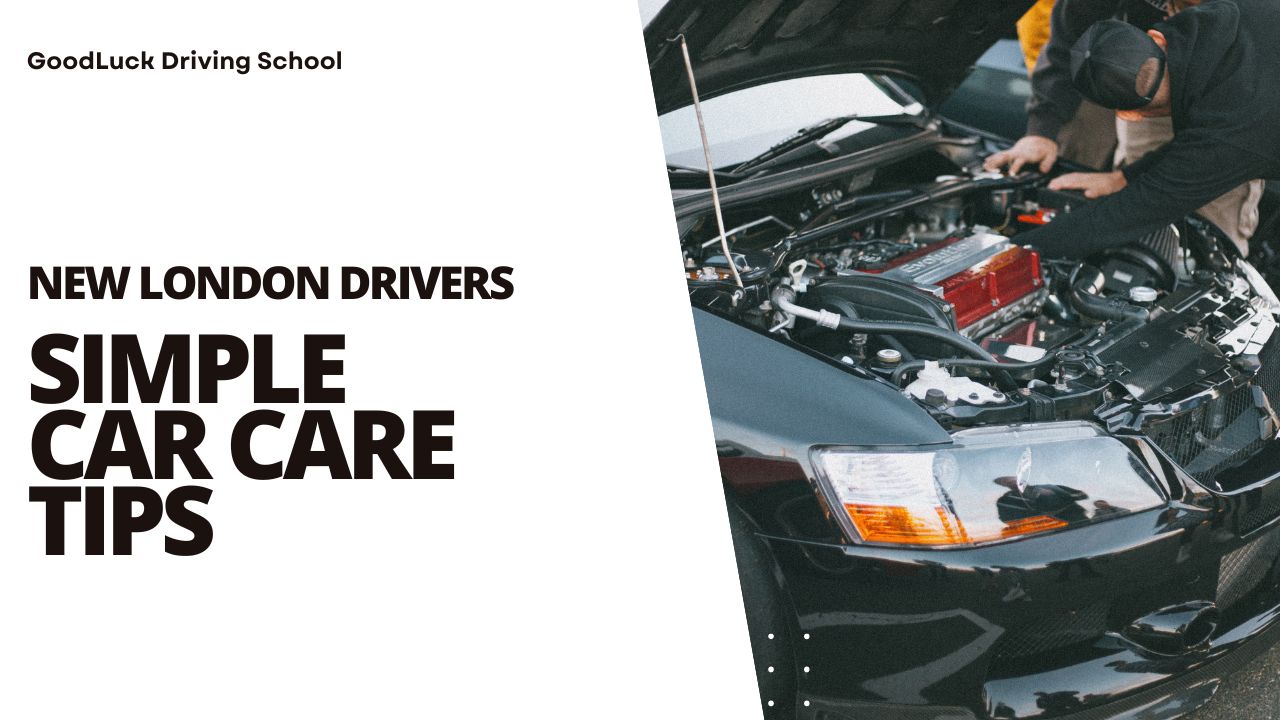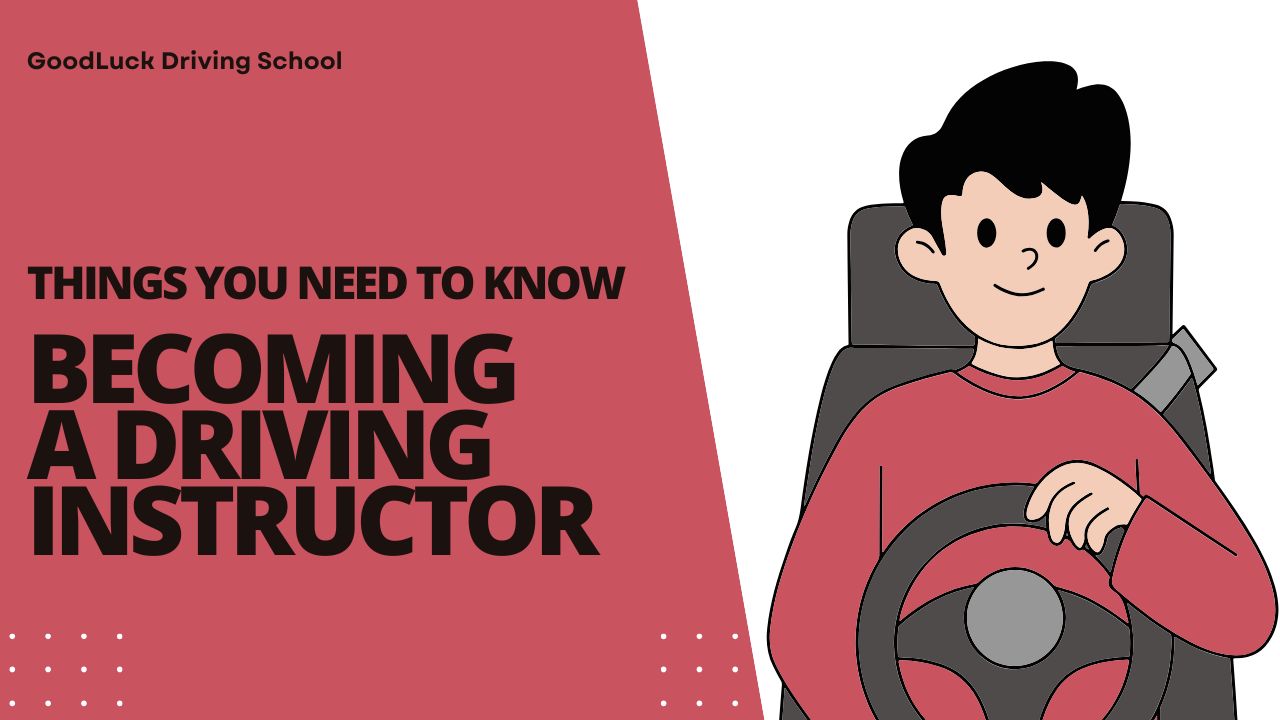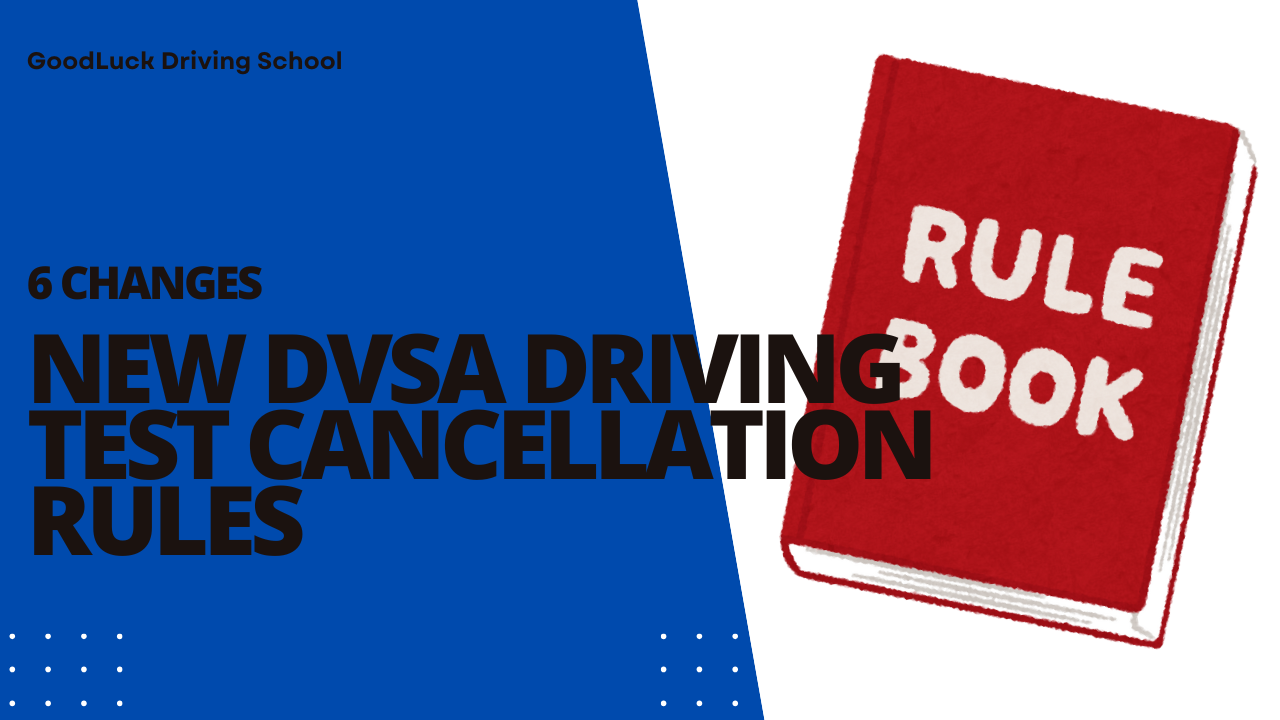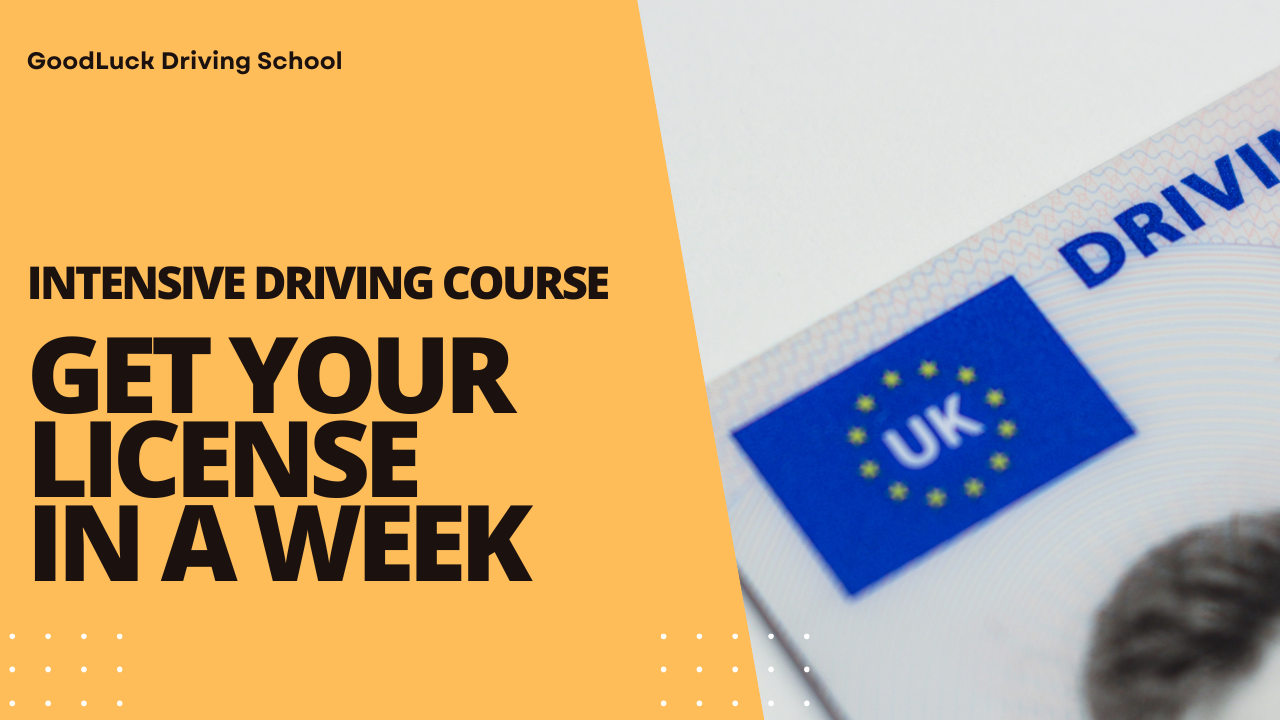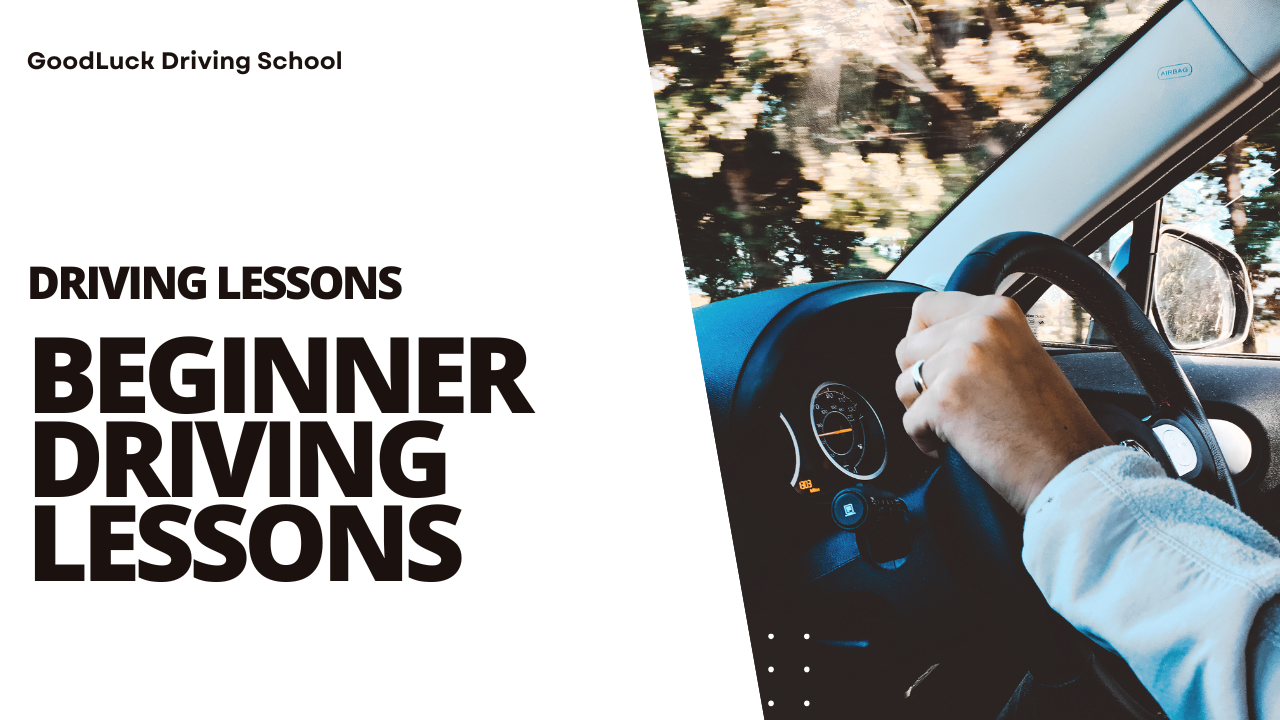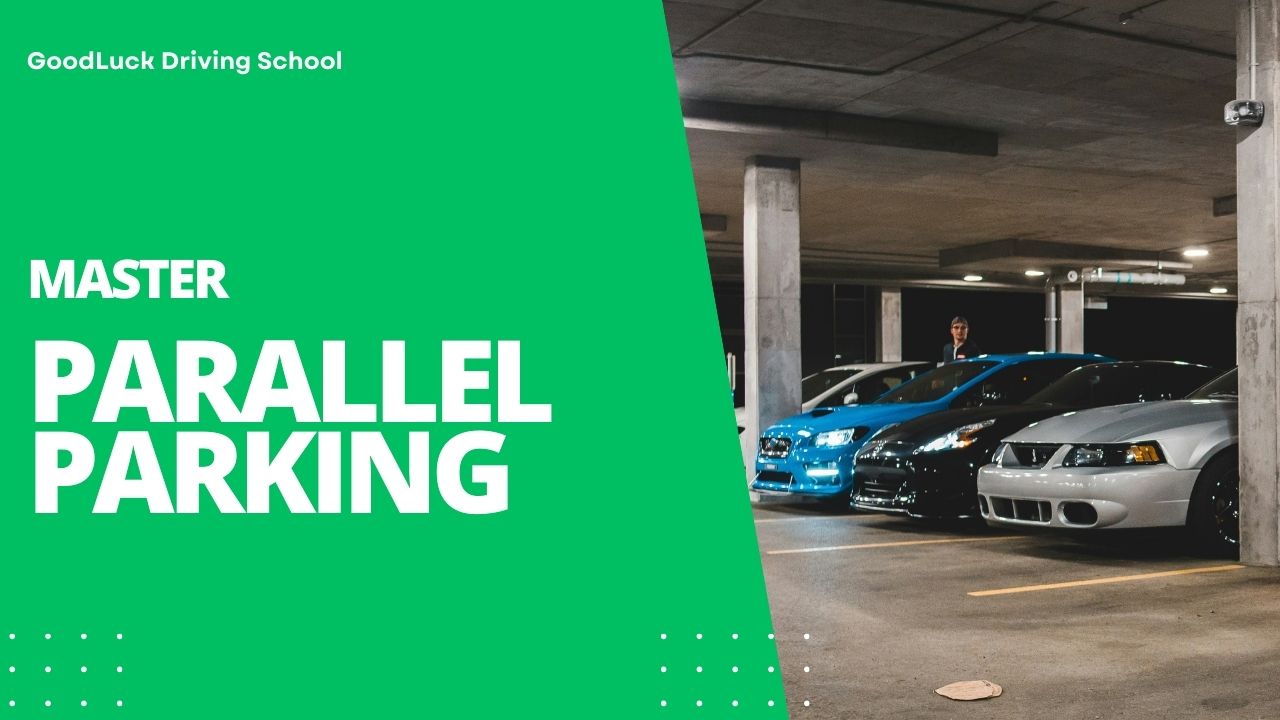
How to Master Parallel Parking: A Step-by-Step Guide
Parallel parking feels challenging at first but you don’t have to worry about it that much.
If you’re afraid of parallel parking, you’re not alone.
Many beginner drivers feel the same way as you, but with the right training and practice, you’ll be able to master parallel parking in no time.
This guide will walk you through the proper steps, providing tips and techniques to help you master parallel parking.
The Basics of Parallel Parking
What is Parallel Parking?
Parallel parking means lining up your car next to the curb and backing into a space, usually between two other cars. It’s different from other parking methods and needs careful steering and positioning.
Why is it Important?
In bustling cities where parking spots are as rare as a sunny day in February, knowing how to parallel park can be a game changer.

Without this skill, finding a convenient spot in crowded areas can be tough. That’s why driving schools focus on it, and it’s often part of driving tests.
Common Challenges & Misconceptions
A lot of people are afraid of parallel parking, thinking it’s an impossible task. But with a bit of practice and the right mindset, you’ll surprise yourself with how quickly you can get the hang of it.
The trick is to understand the right points to look at, use mirrors well, and make small, controlled movements.
What You Need to Know Before Parking?
Choosing a Suitable Parking Space
- The space should be at least 1.5 times the length of your car.
- Always check for legal restrictions, such as parking signs or fire hydrants.
- Check for obstacles like poles or driveways that could block parking.
Understanding Vehicle Dimensions
Every car has different dimensions. Get familiar with your vehicle’s length and width to estimate how much space you need. If you drive a larger vehicle, such as an SUV, parallel parking may require additional adjustments.
Safety Checks & Preparations
- Don’t forget to use a turn signal. It lets everyone know you’re about to make a turn.
- Check your rearview and side mirrors for pedestrians and approaching vehicles.
- Look over your shoulder to ensure a clear blind spot before reversing.
Using Mirrors & Reference Points
- Your side mirrors help align your vehicle with the curb.
- Establish reference points to guide your steering adjustments.
- A common tip is to line up your rear window with the front bumper of the parked car ahead before beginning to reverse.
How to Parallel Park a Car
A step-by-step guide on how to parallel park your car with ease and with some regular practice.
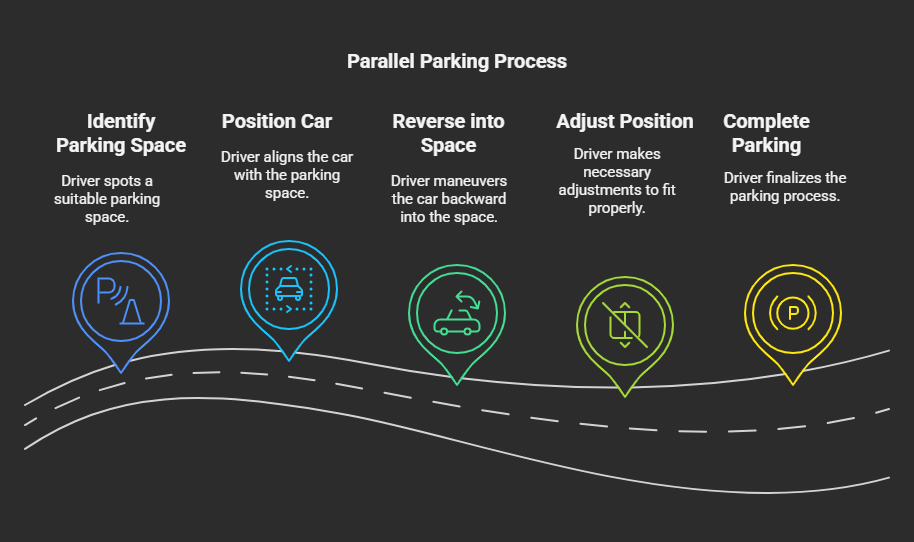
Positioning & Preparation
- Pull up parallel to the parked car in front of the empty space, leaving 2-3 feet of distance.
- Signal your intent and check your mirrors and blind spots.
- Position your car so that your passenger-side window lines up with the front bumper of the car parked ahead of the space you want to use.
Executing the Maneuver
- Begin reversing slowly while turning the steering wheel one full turn to the left.
- As your rear wheels align with the parked vehicle’s bumper, straighten the wheel.
- Continue reversing until your car clears the front vehicle, then stop.
- Turn the wheel two full turns to the right and continue reversing.
- Once your car is parallel to the curb, turn the wheel one full turn left to straighten.
Fine-Tuning & Adjustments
- Adjust your car’s position forward or backward for a centered placement.
- Ensure you are close to the curb but not touching it.
- Make minor steering corrections if necessary to perfect your parking alignment.
Parallel Parking Tips & Advanced Techniques for Beginners
Parking Mistakes to Avoid
- Do not get too close to the front vehicle before starting the turn.
- Hitting or mounting the curb can lead to test penalties.
- Keep an eye on your surroundings, including pedestrians and cyclists.
- In tight spaces, take it slowly and rely on reference points.
Adjusting for Different Vehicle Sizes
- Larger vehicles may require wider turns and longer reversing distances.
- Smaller cars require less steering input, so avoid oversteering.
- Practice with your specific vehicle to identify the best reference points for alignment.
How to Practice Parallel Parking & Improvement Tips

- Effective Practice Methods: Start with wider-than-average spaces between cones to build foundational skills. Once comfortable, gradually reduce the spacing to match standard UK parking dimensions (typically 2.4 meters wide by 4.8 meters long). Marking reference points on your car (such as wing mirrors) can help gauge distances better.
- Building Confidence: Don’t rush the learning process – break each parking attempt into clear steps: positioning, reversing angle, and final adjustments. Regular 20-minute practice sessions often yield better results than occasional marathon drills. Over time, the steering movements and mirror checks will start feeling instinctive.
- Troubleshooting Issues: If wheels frequently clip cones or you overshoot the space, revisit your starting position. Ensure mirrors are properly adjusted to eliminate blind spots – a common issue in smaller UK city cars. If you overshoot, pull forward slightly and realign before reversing again.
If you want to improve faster? Goodluck driving school recommends filming your practice sessions or asking driving instructor to observe your technique. They can give you real-time feedback on your steering and positioning.
Conclusion
Don’t worry if it feels difficult at first. Mastering parallel parking takes patience and consistent practice. Use reference points, take your time, and remain aware of your surroundings.
Whether you’re preparing for a driving test or simply improving your driving skills, this guide will help you park with confidence!
FAQ
Q1: What is the Formula for parallel parking or 1 2 1 method?
A: The 1-2-1 parallel parking method is a systematic steering technique used by UK learners, combining specific wheel movements with visual reference points. Here’s the breakdown:
1-2-1 Core Formula or Steering sequence:
- One full turn left
- Two full turns right
- One final turn left (Reverse direction if parking on the right side: 1 right → 2 left → 1 right)
Q2: What is the first step in parallel parking?
A: Position your car parallel to the parked vehicle, keeping a 2-3 feet gap.
Q3: Where should I practice parallel parking?
A: Start in a quiet area or an empty parking lot before moving to busier locations.
Q4: When do I need to parallel park?
A: Parallel parking is usually needed when you’re parking on the side of a street and the space is squeezed between two other parked cars. It’s about fitting a car between other cars neatly without hitting anything.
Q5: Will I need to parallel park on my driving test?
A: It depends on the state you’re living but in 2017 some changes were made to the driving test, so examiner can ask you to parallel park to check if you can parking skill. Even if your test doesn’t require you to parallel park, it’s still a handy skill to learn.
Q6: Will I fail my driving test if I can’t parallel park?
A: Not necessarily! It’s just one part of the whole test. Examiner will check how you handle parallel parking as a part of test but as long as you drive safely, follow the rules, and do well on the other parts, you can still pass.
BOOK NowOR CALL US AT

